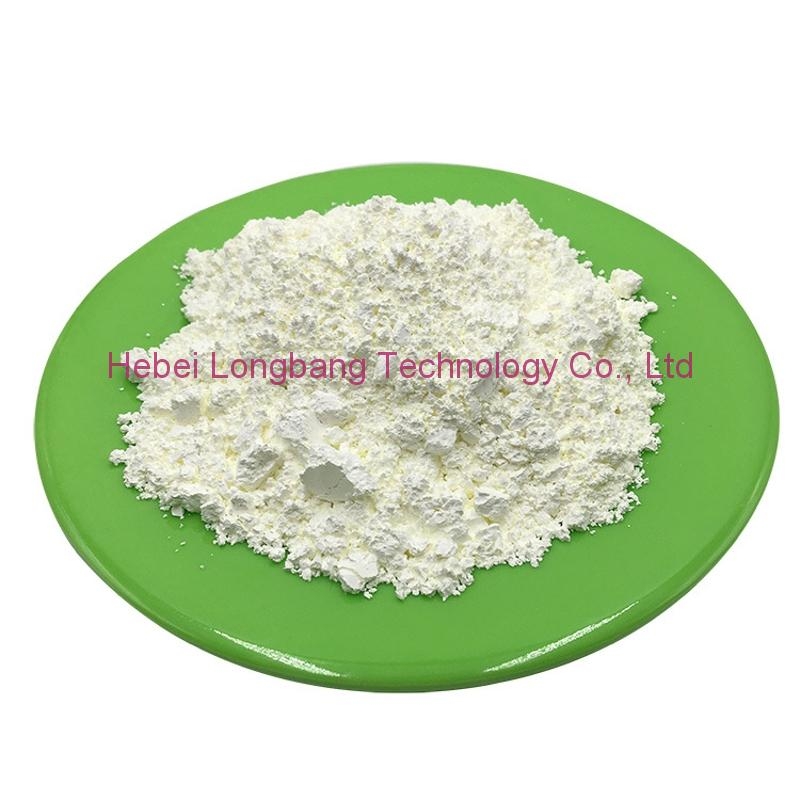-
Categories
-
Pharmaceutical Intermediates
-
Active Pharmaceutical Ingredients
-
Food Additives
- Industrial Coatings
- Agrochemicals
- Dyes and Pigments
- Surfactant
- Flavors and Fragrances
- Chemical Reagents
- Catalyst and Auxiliary
- Natural Products
- Inorganic Chemistry
-
Organic Chemistry
-
Biochemical Engineering
- Analytical Chemistry
-
Cosmetic Ingredient
- Water Treatment Chemical
-
Pharmaceutical Intermediates
Promotion
ECHEMI Mall
Wholesale
Weekly Price
Exhibition
News
-
Trade Service
The patient, a 35-year-old female, was admitted to the emergency department
with fever and abdominal pain in the third trimester.
Anamnesis: the patient was diagnosed with ileal Crohn's disease (CD) 10 years ago; Active smoking (failure to quit smoking during pregnancy).
After failure of azathioprine and adalimumab, patients received infliximab for 1 year (7.
5 mg/kg every 6 weeks) and considered remission
in early pregnancy.
According to European Crohn's Disease and Colitis Organization (ECCO) guidelines, patients are discontinued at 26 weeks' gestation with anti-TNF-α (tumor necrosis factor-α) (to limit fetal exposure).
Patients with abdominal pain began 1 month ago (34 weeks' gestation), and oral corticosteroid 1 mg/kg was treated with oral corticosteroids (after negative bacteriological tests), with good initial response and a tapering strategy
of 10 mg every 2 weeks, was initiated.
Clinical examination reveals diffuse abdominal pain with no evidence of
peritonitis.
Laboratory tests showed elevated C-reactive protein levels (206 mg/L), severe malnutrition (serum albumin level 17 g/L), and anaemia (hemoglobin 8.
8 g/dL; The average volume of red blood cells was 88.
9 fL).
Admit the patient to obstetric hospitalization
.
The next day (39 weeks' gestation), the fetus was delivered by cesarean section due to bradycardia
.
CT reveals a peripherally enhanced, low-center liver mass (3×5 cm; Figure A), the gas-liquid level is located at the contact point of terminal ileitis (Figure B).
Q: What is the most likely diagnosis for a patient based on radiographic findings and how should it be handled?
The answer is revealed: liver abscess with hepatic enteroenteric fistula is diagnosed as liver abscess caused by hepatic enteroenteric fistula based on the presence of a fistula
between the terminal ileum and the liver (Figure C).
Percutaneous drainage is guided by ultrasound and treated with broad-spectrum antibiotics (piperacillin 4 g/tazobactam 0.
5 g three times daily
).
The patient has resolution of fever and pain
.
At the same time, enteral nutrition is started to prepare the patient for surgery
.
Bacterial cultures of drainage fluid detect Klebsiella pneumoniae, Morganella Morganii, and Enterococcus faecalis, and antibiotic therapy
is optimized.
Diversion ileostomy
was performed 1 week later.
After 1 month of antibiotic therapy, imaging progressed well (Figure D), and the combination of infliximab 7.
5 mg/kg/6 weeks and azathioprine 2.
5 mg/kg/day was restarted
.
After 5 months, laparoscopic ileocececal resection and lateral ileostomy were performed without postoperative complications
.
Postoperative imaging shows complete healing (Figure E).
The incidence of liver abscess in CD is approximately 7/10,000 person-years
.
Differential diagnoses include purulent abscess due to increased intestinal permeability or pyloric phlebitis
.
The first steps in treatment are antibiotics and percutaneous (or surgical) drainage
.
Due to the poor state of this patient (smoking, malnutrition), we started
conservative management.
Surgery is performed after nutritional support and combination therapy is started to prevent complications
.
In this case, the development of hepatoenteric fistula may be facilitated by close contact between the inflamed ileum and the liver due to pregnancy
.
References: Le Cosquer G, Zadro C, Gilletta C.
A rare pregnancy related complication of Crohn's disease: diagnosis and treatment[J].
Gastroenterology, 2022.







